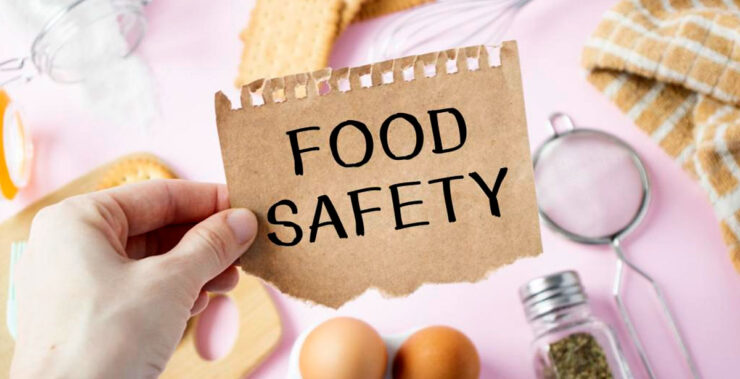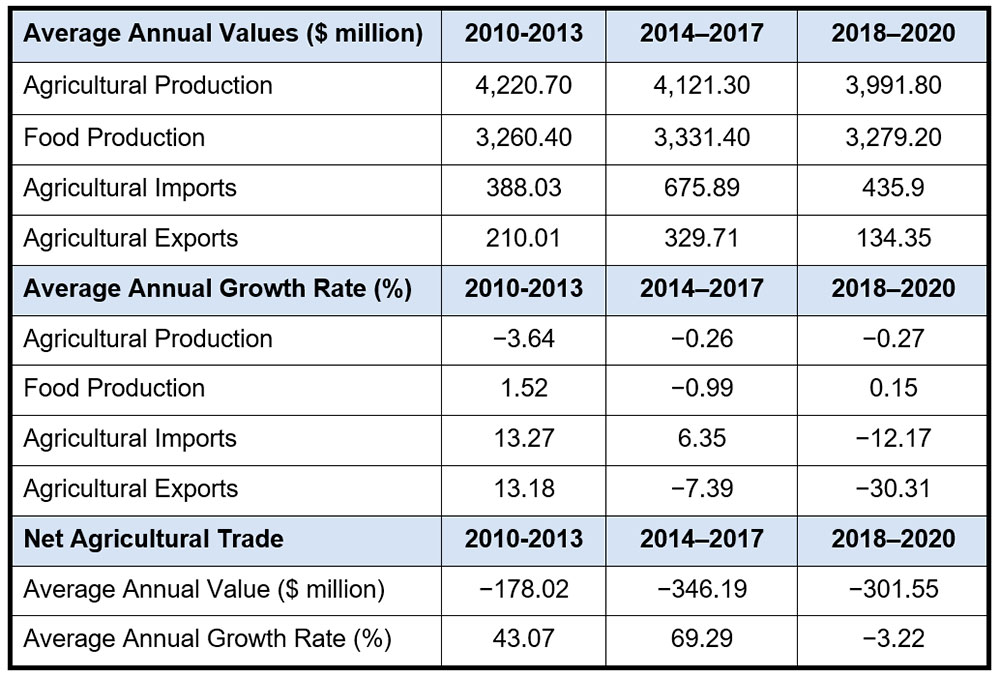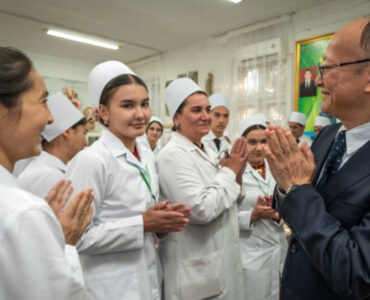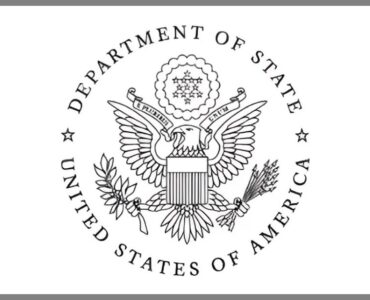The Asian Development Bank (ADB) published a working paper titled: Strengthening Food Safety Systems in the Central Asia Regional Economic Cooperation Member Countries: Current Status, Framework, and Forward Strategies. The paper describes the current state of food safety and provides recommendations for strengthening food safety systems and promoting countries’ participation in regional and global food trade.
Agriculture
According to the paper, agriculture accounted for 11% of Turkmenistan’s economy in 2020 and it was valued at $1.8 billion. Around 21% of the country’s population is employed in agriculture. Top agricultural products were cattle meat (40.5% or $947.9 million) and whole fresh cow’s milk (26.6% or $621.0 million). Of its total merchandise exports in 2020 agricultural products only made up 1.5% and mainly exported to China, Russia, Afghanistan, and Türkiye.
From 2010 to 2020, agricultural production in Turkmenistan decreased approximately by –1.28% per year, making it the only country in the region to experience contraction. Similarly, from 2010 to 2020, Turkmenistan experienced -8.1% contraction in agricultural exports. Overall, Turkmenistan imported more agricultural products than it exported and therefore its ‘net agricultural trade’ was negative.
Table 1. Average annual values for agricultural and food production and their import and export
Likewise, Turkmenistan imported more food products than it exported. Of the total value of agricultural exports, the food products accounted for 52.5% of the exports and 89.8% of the imports (see Table 2).
Table 2. Values for total food and agriculture export and import, 2020
Wheat production
Donate to support Turkmen analysts, researchers and writers to produce factual, constructive and progressive content in their efforts to educate the public of Turkmenistan.
SUPPORT OUR WORKAlthough Turkmenistan is a big wheat producer, it imports more wheat than it exports. The country also meets its domestic need for fruits, vegetables, meat, rice and some other agricultural products mainly by importing them. Overall, Turkmenistan imports 4 times more agricultural products than it exports.
Table 3. Values of selected agricultural exports and imports by product ($ million)
When it comes to inter-regional trade, Turkmenistan imports more food and agricultural products from other members of CAREC than it exports. The majority (98.8%) of Turkmenistan’s agricultural imports from neighbouring countries are food items.
Table 4. Values of total intra-regional food and agricultural imports and exports
In recent years, Turkmenistan has made significant efforts to improve its national food safety and value chain management and even received a special award from the FAO for its achievements in the provision of food security. Nevertheless, challenges related to food safety still persist, including:
- adequately enforcing food safety laws and good hygiene practices;
- relying on product certification and testing processes based on exGoST standards;
- having only one of its food testing laboratories obtain the Organization for Standardization (ISO) 17023: 2017;
- lacking international accreditation by the Central Veterinary laboratory (ISO 17025) and the central laboratory in the State Quarantine Service.
Some of the recommendations to the government of Turkmenistan include:
- building the capacity of food safety laboratory staff on good laboratory practices; basic microbiological testing and developing tools and knowledge necessary for attaining ISO-17025 accreditation;
- developing a financing plan for upgrading laboratories and accreditation in compliance with the international food safety standards;
- establishing a National Working Group involving various food safety institutions (ministries, academic institutions, food industry) to operationalize the regional and international food safety standards.
Given that unsafe food production can result in various diseases and pose a risk to public’s health, it is crucial that Turkmenistan adheres to appropriate food safety measures both, when importing or producing food products for its domestic consumers as well as when exporting food items.










